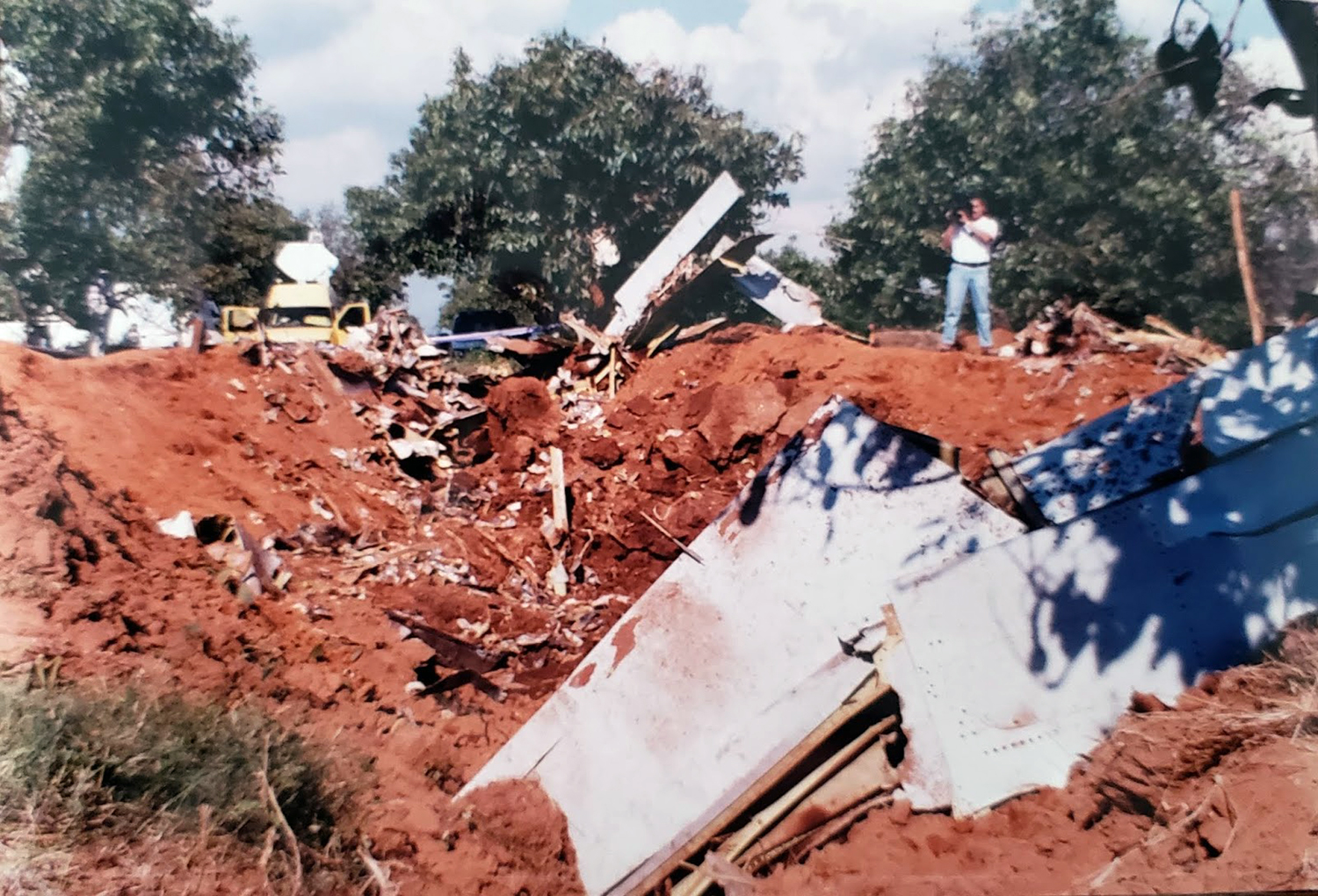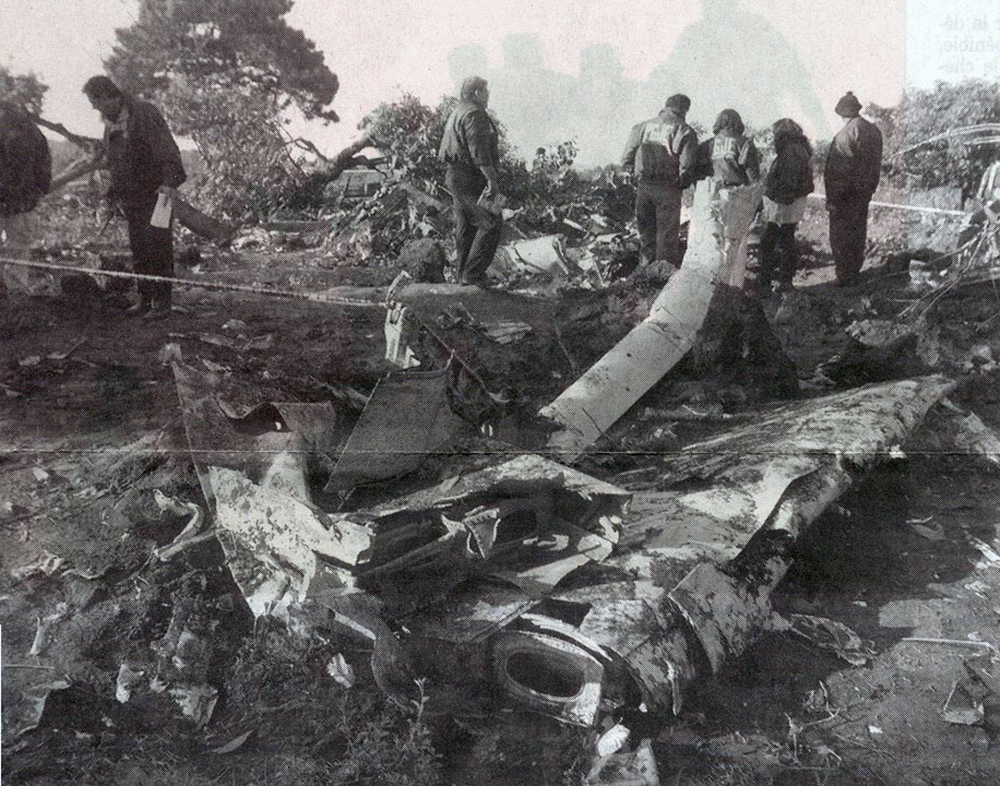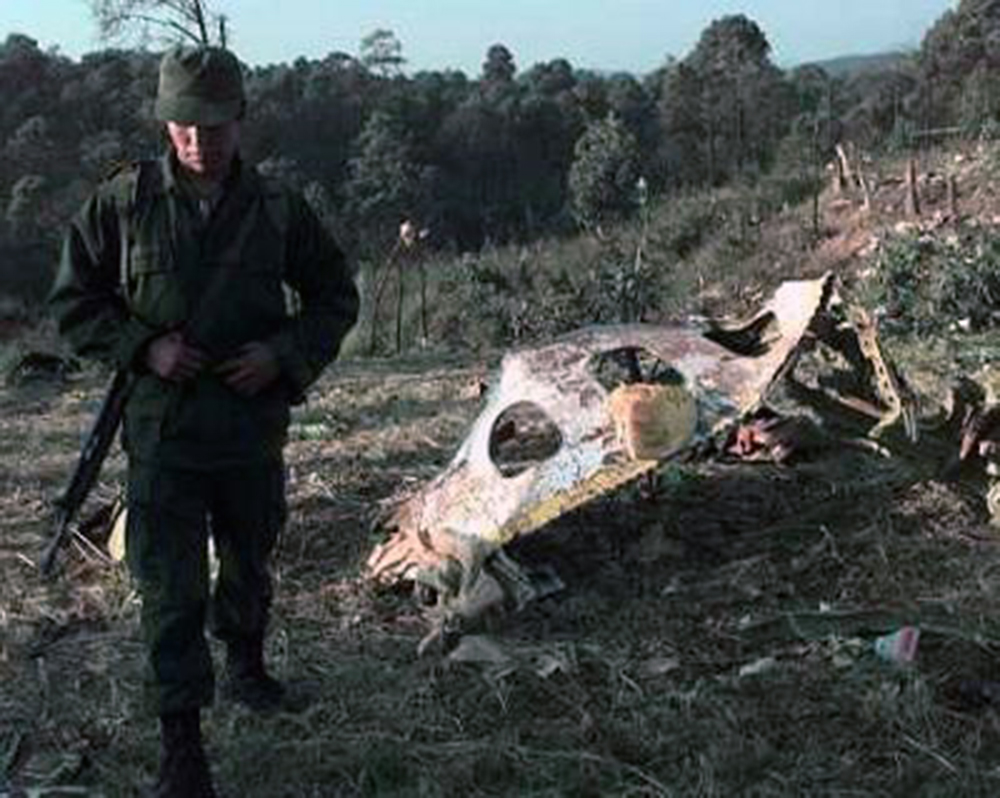Crash of a Beechcraft 300 Super King Air in Ensenada: 3 killed
Date & Time:
Aug 26, 2000 at 0245 LT
Registration:
XC-AA72
Survivors:
No
Schedule:
Hermosillo – Ensenada
MSN:
FA-87
YOM:
1986
Crew on board:
2
Crew fatalities:
Pax on board:
1
Pax fatalities:
Other fatalities:
Total fatalities:
3
Aircraft flight hours:
3125
Circumstances:
The twin engine aircraft departed Hermosillo Airport at 0121LT on a flight to Ensenada, carrying one passenger and two pilots. On approach by night, the crew initiated a last turn to join the runway 11 approach path when the aircraft struck the slope of mountain and crashed about 14 km from the airport. The aircraft was destroyed and all three occupants were killed.
Probable cause:
Controlled flight into terrain while completing a turn on final approach, in night conditions, towards an airport of daytime operations only, as mentioned in the Aeronautical Information Publication (AIP).
Final Report:










